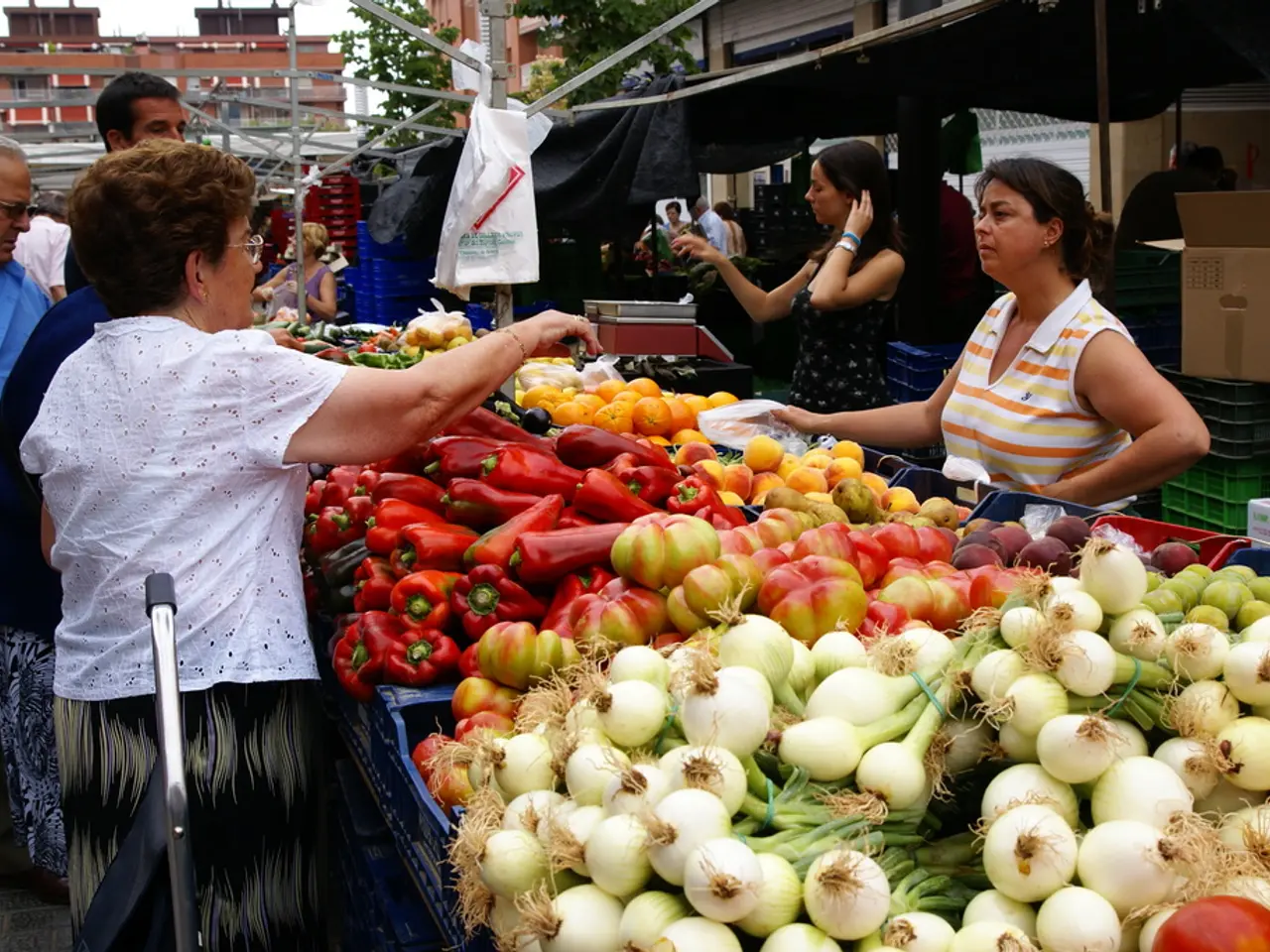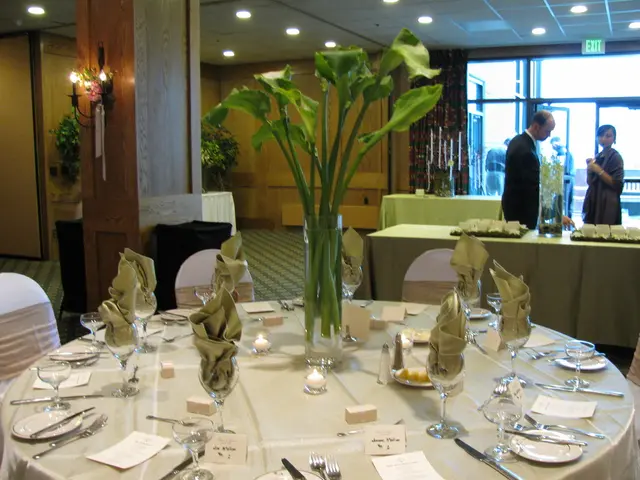Uncovering the Key Strategies for Cultivating Vegetables, Regardless of Your Property Size
===================================================================
In the heart of bustling cities and suburban neighbourhoods, the idea of gardening without a yard may seem far-fetched. But fear not, for with the right techniques and tools, growing a lush and bountiful garden is not only possible but also rewarding. Here's a comprehensive guide to help you successfully garden using container gardening, grow bags, windowsills, vertical gardening, hydroponics, and community gardens.
Container Gardening
Container gardening is a versatile method for growing a wide range of plants, including vegetables, herbs, and flowers. The key to success lies in choosing the right container, using suitable soil, and selecting the appropriate plants.
- Choose the Right Container: Use containers that provide good drainage. Materials like terra cotta, plastic, wood, or fabric grow bags are suitable. Ensure the container is large enough for the plant's root system to grow comfortably.
- Soil Selection: Use a high-quality potting mix that includes coconut coir, compost, pumice, and perlite. Avoid garden soil or topsoil as they can be too dense.
- Plant Selection: Start with easy-to-grow plants like lettuce, radishes, cherry tomatoes, peppers, and herbs.
Grow Bags
Grow bags are a form of container gardening that offers flexibility and portability. They are ideal for growing a variety of plants, including potatoes, in small spaces such as balconies or patios.
Windowsills
Windowsills are perfect for growing plants that require minimal space and sunlight. Use them to grow herbs like basil, mint, and microgreens, which thrive in partial sunlight. Consider using compact planters or self-watering systems for better plant health.
Vertical Gardening
Vertical gardening maximizes space by growing plants upwards. Use stackable vertical planters to grow multiple plants in a small footprint. Incorporate plants like cucumbers, zucchini, or beans that naturally climb up trellises or other supports.
Hydroponics
Hydroponics is a soil-less method of growing plants, which is ideal for indoor spaces. Use compact hydroponic units that can grow plants even with limited sunlight. These systems allow for year-round harvesting, making them ideal for urban spaces.
Community Gardens
Community gardens provide shared spaces for gardening and social interaction. Many community gardens offer shared tools, knowledge, and resources. Secure a plot and plan your garden based on the space available and the community's guidelines.
Tips for Success Across All Methods
- Light and Water Needs: Match plants with similar light and water requirements when planting multiple species together.
- Maintenance: Regularly check for pests, fungi, and nutrient deficiencies to ensure healthy plant growth.
- Harvesting: Regular harvesting encourages new growth, especially for leafy greens.
By combining these methods, you can create a thriving garden even without a traditional yard. Planters designed for windowsills are reusable and do not cost a lot. Happy gardening!
[1] Bonnie Ferrero, author, hiker, cook, home decorator, and community volunteer, offers this insightful guide to help you make the most of your green spaces, regardless of their size.
- In the realm of container gardening, it's essential to opt for containers that ensure good drainage, such as terra cotta, plastic, wood, or fabric grow bags, and size them appropriately for the plants' root systems.
- A high-quality potting mix, including coconut coir, compost, pumice, and perlite, should be used for container gardening instead of garden soil or topsoil, which can be too dense.
- For container gardening, start with easy-to-grow plants like lettuce, radishes, cherry tomatoes, peppers, and herbs for a successful gardening experience.
- Grow bags, a versatile container gardening method, are suitable for growing a variety of plants, including Ida potatoes, in small spaces like balconies or patios.
- Windowsills are ideal for growing herbs like basil, mint, and microgreens that thrive in partial sunlight and can be facilitated using compact planters or self-watering systems.
- Vertical gardening maximizes space by growing plants upwards, and you can use stackable vertical planters to cultivate multiple plants in a small footprint, such as cucumbers, zucchini, or beans that naturally climb trellises or supports.
- Hydroponics, a soil-less method of growing plants, is perfect for indoor spaces, and compact hydroponic units allow for year-round harvesting in urban environments, even with limited sunlight availability.
- Community gardens are shared spaces for gardening and social interaction, offering resources like shared tools, knowledge, and guidelines to make the most of your gardening experience while enjoying the benefits of health-and-wellness, cooking, lifestyle, nutrition, food-and-drink, home-and-garden, and fitness-and-exercise, all integrated into a harmonious green living.




